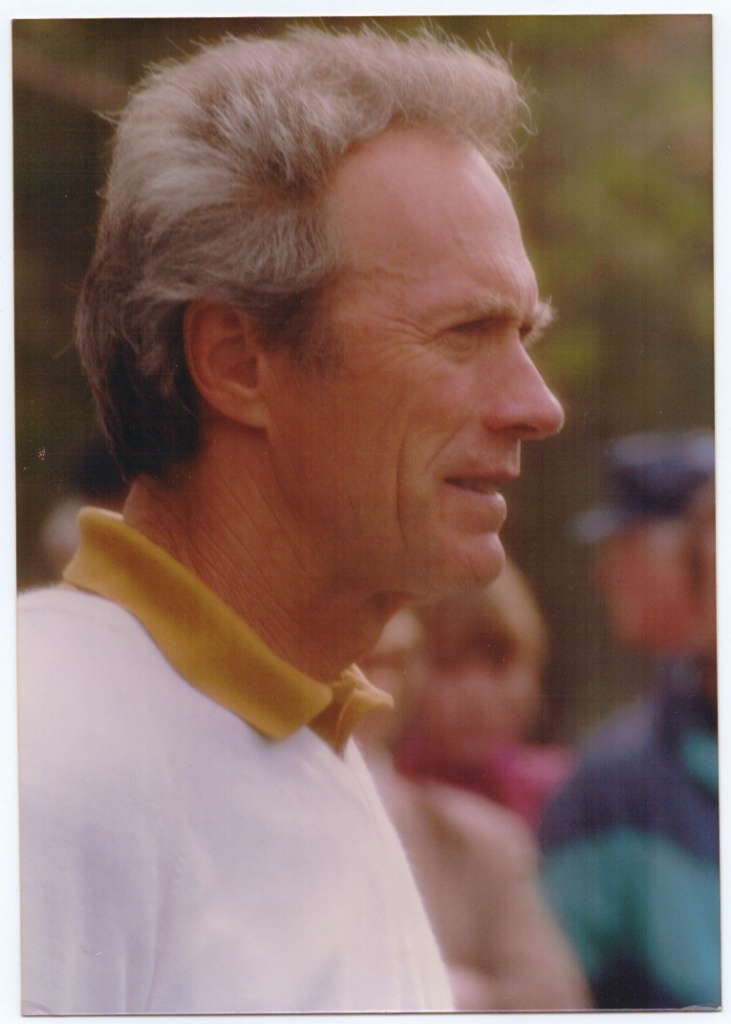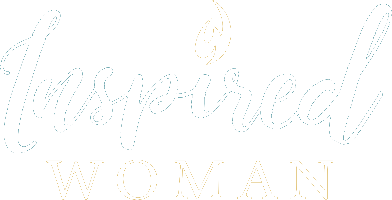
Clint Eastwood at Pebble Beach
By Carole Hemingway | Submitted Photo
Do you like jazz? Clint Eastwood introduced me to it when I lived in Carmel, California just blocks from his San Antonio address back in the 1990s. You will learn as you read on he’s no stranger to jazz.
The history of jazz came from West African folk music, which then joined with European and light classical gems of the late 19th and early 20th centuries, connected with ragtime, and then the blues was born. Jazz and blues became America’s greatest cultural achievements and both gave a powerful voice to the whole American experience. Jazz chronicles the history of a people.
The way Clint taught me jazz helped me understand and appreciate the music and deepened the connection to him. He broadened my character, right there in Carmel, California. I don’t think I ever thanked him, but I will thank him now.
Thus began my jazz education in the fall of 1991. The true roots of jazz can be traced back to the time of slavery; slave songs were created to tell a story and pass the time after the sun went down. Their songs expressed strong religious beliefs and went hand in hand with their desire for freedom to be found in the tobacco fields, cotton plantations, and sugar marshes that reached from Virginia to Texas. All these ingredients are part of the foundation of jazz.
America became known as the land of opportunity as many Europeans immigrated to different American cities in search of a better life. African American composer Scott Joplin combined a mix of rhythm that represented the black community, identified as ragtime. Think of Solomon Northup, taken from New York and sold into slavery in the New Orleans era. Jazz evolved from New Orleans because settlers arrived there in droves. As African Americans began migrating to places like Chicago and New York City in search of opportunity they brought the sounds of jazz and blues. Young people embraced this new style of music because it represented a new beat from old-fashioned views. Then came the “flappers.” Parents were shocked at the display of “The Charleston,” a favorite of Zelda and Scott Fitzgerald. Dresses were shorter. Girls cut their hair to blend with the signs of the times.
Radio and record turntables were next and sold in stores. Everyone danced in their homes and dance halls, and even started ‘dancing contests.’ The Big Band Swing followed in the 1930s and 1940s. Many jazz musicians were drafted into World War II and a million African Americans served in the armed forces. As a result, there was a shortage of musicians to perform in dance halls and nightclubs.
Television surfaced in the 1950s where entertainment prevailed, and dance halls, once a social network, started to close across the country. Then along came Elvis Presley. The Civil Rights movement brought jazz back to life. For me, however, it was not until the 1990s when I met Clint Eastwood, that smooth jazz enraptured me.
During his 41-year movie career, Clint has built his movies around jazz. Even before his acting career began, and before he went into the Army in the 50s during the Korean Conflict, Clint was a semi-professional jazz pianist.
Clint Eastwood will be 88 years old on May 31, 2018. He was raised in a mixed neighborhood in Oakland, California. He fit in with black, Asian, and Mexican families. His mother Ruth, whom I adored, kept jazz music sounds permeating throughout the house. She liked “Fats Waller.” Clint liked him too, especially his humor. As a lanky teenager he got together with friends for jam sessions and played piano at a local club called the Omar.
I realized while living in Carmel what a rare, sensitive man Clint Eastwood really is.Those moments became for me, precious. He had this almost mystical aura that went far beyond iconic star status. He’s not the tough guy everyone thinks he is, he’s painfully shy, a rugged 6’ 4” man: we looked like Mutt and Jeff walking down Carmel Beach together. On one of those champagne air nights he said to me, “I’ve always felt that jazz and blues were true American art forms and the only really original art form we love.”
There are some great videos on You Tube of Clint Eastwood playing the piano. Click here to watch one of our favorites.
 Carole Hemingway is an internationally regarded author, speaker, astrologer, and historical researcher. She has been living along the coast of Maine for the past 23 years, where she is currently writing three books on Gettysburg. The first volume is expected to be out in Spring 2018.
Carole Hemingway is an internationally regarded author, speaker, astrologer, and historical researcher. She has been living along the coast of Maine for the past 23 years, where she is currently writing three books on Gettysburg. The first volume is expected to be out in Spring 2018.
